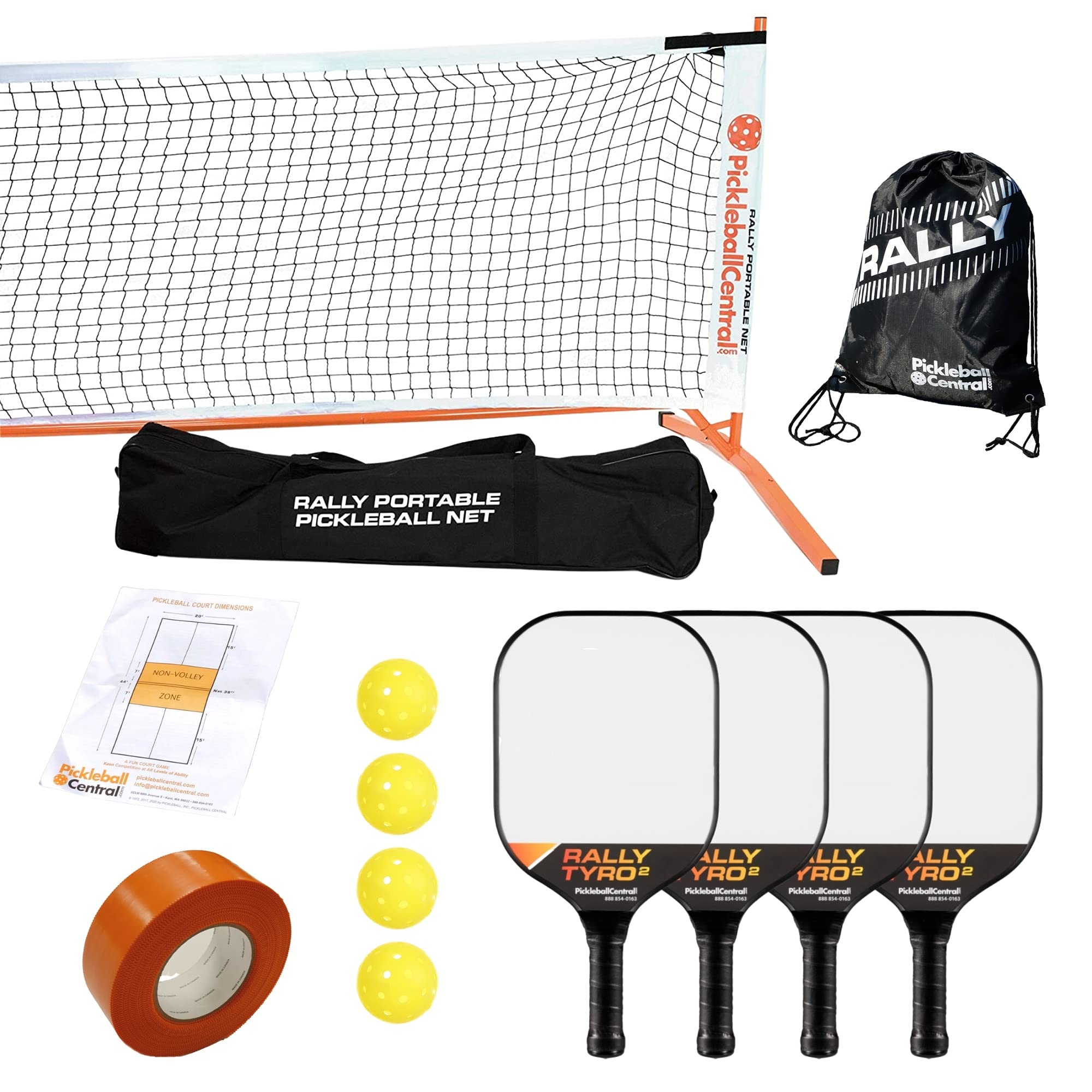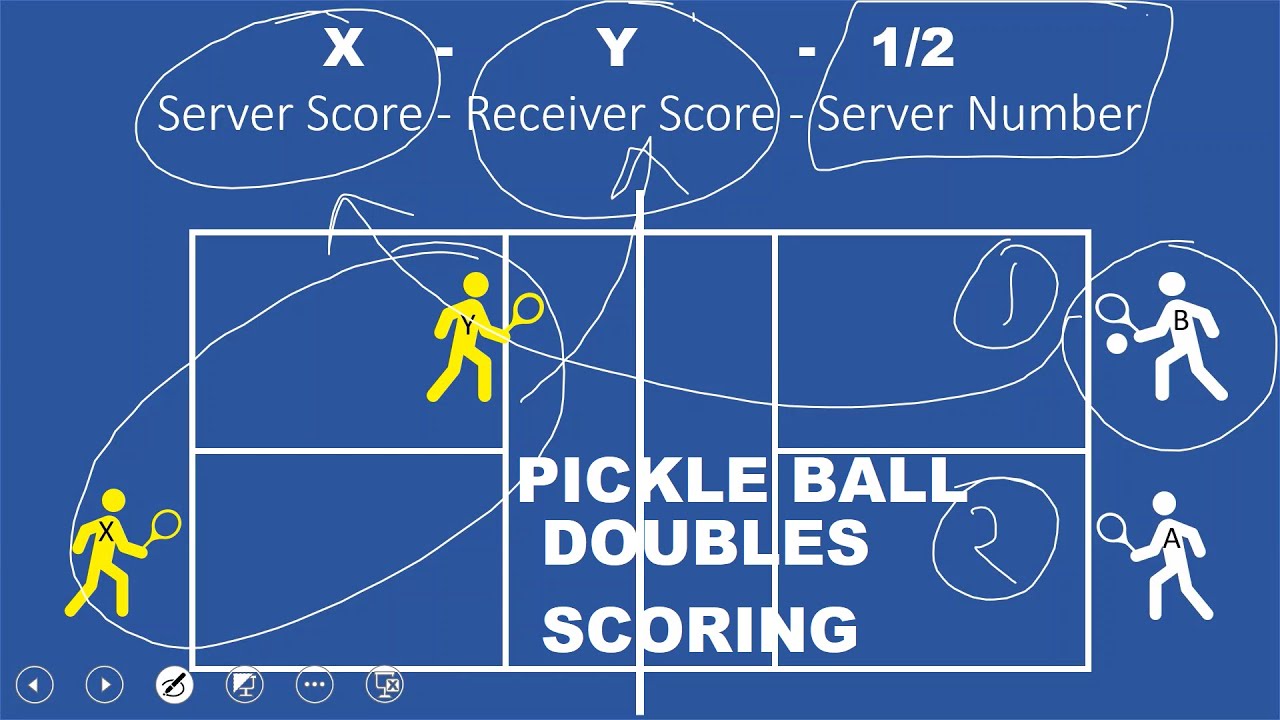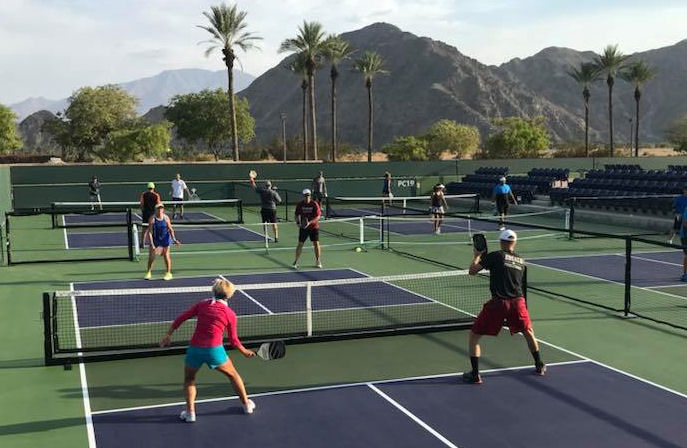
Soccer is a game played between two teams of 11 players. The game's main objective is to score a goal by advancing a ball over a goal line into an opposing rectangular-framed net. The match is played in two 45-minute halves for a total of 90 minutes.
The Football Association of England drafted the first rules of soccer back in 1863. FIFA oversees soccer today, and has 17 laws that govern all levels of playing.
In addition to the Laws of the Game, there are a number of additional guidelines and regulations that govern the sport. The use of red cards and penalty kicks are among them.
* Offside: An infraction that is called by the referee when a player attacking is in the half of the field of his opponent and is closer to the goal than the ball. Offside generally means that the goal cannot be scored.
** The head ref will give the offending player a yellow or red card for an offside violation. The second offense results in the player being ejected from the match.

If there is a tie after extra time, the teams take turns scoring their penalty spots in order to determine a winner. The match goes to the first player.
As in many sports, the goal of soccer is to win by scoring more goals than your opponents. A goal can be achieved through corner kicks and free kicks as well as field goals.
A typical game of soccer has two 45-minute halves and each team changes their goal at half time. The goalkeeper must protect the goal against incoming attacks.
The football (or soccer ball) is made out of a lightweight synthetic. It is manufactured with a distinctive black-and-white pattern that allows it to be more easily seen in snow and other water-repellent conditions.
The balls are also safer than leather and have a more consistent flight and bounce. The ball is used in professional matches as well as amateur tournaments, leagues and other competitions around the world.
There are several variations of the sport and many different strategies that coaches and managers use. Following are some examples.

Possession- A strategy which focuses on controlling as much of the ball as possible. This can include sending long or cross passes to the forwards who can then run onto them.
Long Ball – A simple tactic which requires a fast striker and accurate defense. This is a great way to control game flow.
With the popularity of soccer growing around the world, there are many different events and competitions that take place throughout the year. The FIFA World Cup is the most popular, attracting billions of spectators and fans every four years.
FAQ
Is it possible not to be thin enough?
Yes! Both being underweight and having an eating disorder can be dangerous. It isn't normal to be smaller than your recommended height. Other symptoms include feeling tired, weak and dizzy.
How can exercise and nutrition help you live a healthier life?
Exercise can help you lose weight, gain muscle mass and reduce stress. Nutrition is critical for energy and mood. You can live longer if you eat less meat and moderate alcohol intake, quit smoking, and engage in regular physical activity.
Can I exercise after eating?
It all depends on which type of exercise you are performing. Avoid doing strenuous activity after eating, as it can cause stomach cramps. Focus instead on light aerobic exercises like biking or walking briskly.
Statistics
- Adolescent girls were less active than adolescent boys, with 85% vs. 78% not meeting WHO recommendations of at least 60 minutes of moderate to vigorous intensity physical activity per day. (who.int)
- Globally, 81% of adolescents aged 11-17 years were insufficiently physically active in 2016. (who.int)
- An estimated 110,000 deaths per year could be prevented (cdc.gov)
- Physical activity confers the following maternal and fetal health benefits: a decreased risk of pre-eclampsia, gestational hypertension, gestational diabetes (for example, 30% reduction in risk) (who.int)
External Links
How To
How to enjoy Zumba classes
There are many different ways to take Zumba class. You can choose the right option for you based on your goals and preferences.
Zumba classes can be taken at any Zumba studio. Many studios are located in malls, shopping centers, schools, universities, hospitals, churches, gyms, parks, community centers, etc. Find a Zumba instructor near you to learn how to exercise or dance. Zumba classes are free. There are no membership fees, no monthly payment, and nothing else. Simply show up and get started dancing.
Another way to enjoy Zumba is to go online. There are many websites that offer free Zumba videos. These videos can be viewed anywhere: at home, work, school, church or gym, as well as in hotels, restaurants, airport lounges, and malls. These videos can also be downloaded to your PC and played whenever you need them.